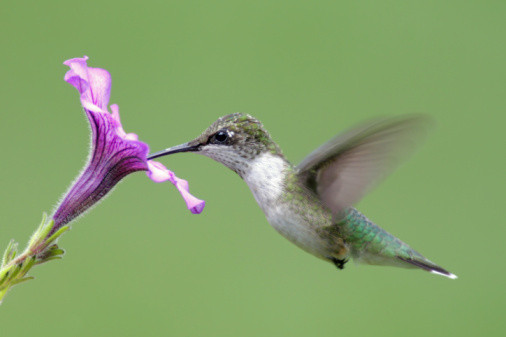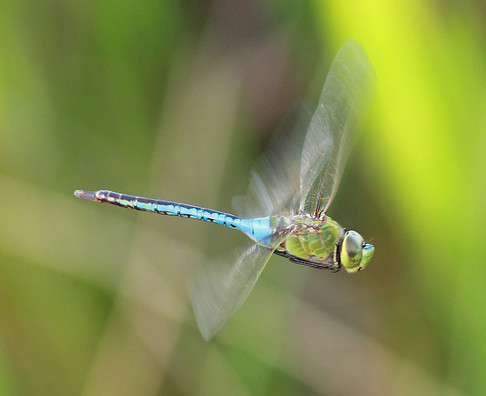First Idea's about Vertical Flight
Very little is known about the first notions concerning vertical flight from the Middle Ages and even further back in time.
The most commonly mentioned items are the Chinese tops that we all know as a toy and Leonardo Da Vinci’s aerial screw from the early years of the Renaissance.
What is not well known is whether there were any other ideas or attempts made at vertical flight during the early years of civilization.
Certainly, there is no proof of this, although the source of inspiration was already present,
as the entire concept of vertical flight had already been invented by Mother Nature in the ways that the hummingbird and dragonfly are able to fly in all directions and hover in mid-air.
Indeed, some helicopter manufacturers even named their machines after these creatures.
 Hummingbird
Hummingbird Dragonfly
Dragonfly400 B.C. Chinese Tops
Since 400 B.C., children in China have used bamboo flying tops as toys. These were made from a stick, with a propeller on top,
and were then spun around manually and released. As far as is known, despite being a toy, this was the first man-made device
with both a propeller and capable of vertical flight.
1483 Aerial Screw (Leonardo Da Vinci)
Many people see the Aerial Screw, designed by Leonarda DaVinci in 1483, as the first helicopter design. It can be found in
folio 83v from Manuscript B. Note that the design uses a screw rather than a propeller or rotating wing. Yet, DaVinci was aware
that the air is very thin, and that the screw had to be large and rotate quickly. He never actually built the machine, although
a replica was produced in the 20th century, but was unable to fly.
Comments are disabled.